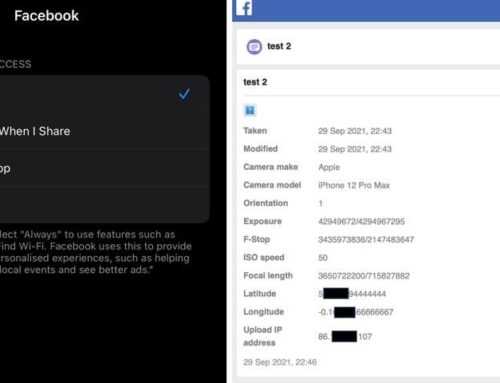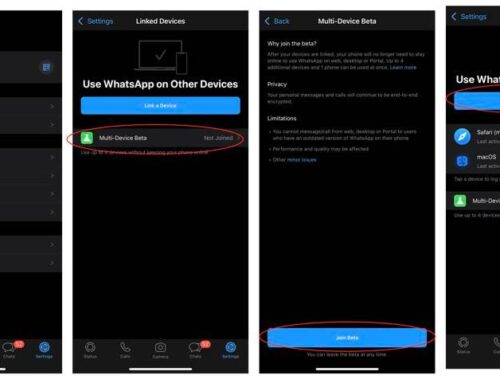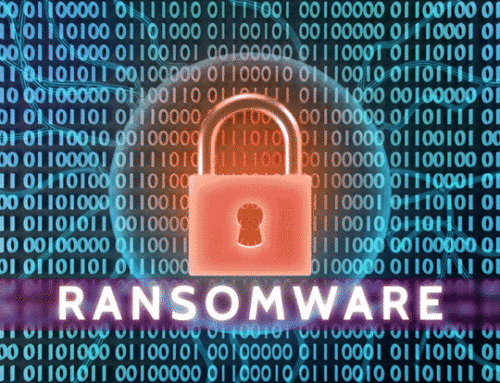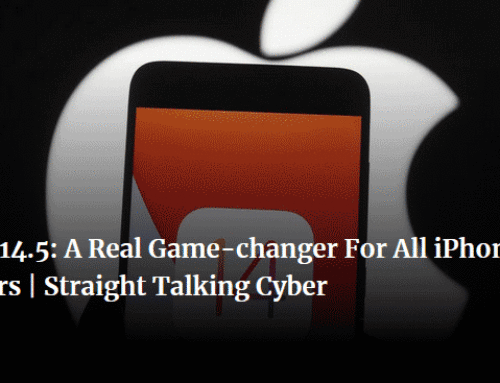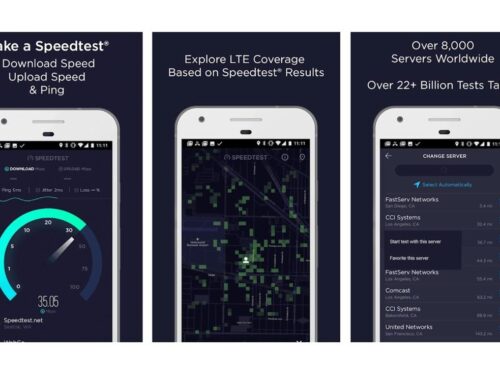COMMENT
Cyber interoperability is a must for federal agencies

Imagine a command center receiving intelligence feeds about the enemy. The first one shows the target on the move from point A to point B. The analyst begins to relay that info to the field but decides to check another feed first, which shows the target as static and ensconced at point A. He checks a third feed that indicates the target has already left point B and is headed for point C. The conflicting information is puzzling because the unit has invested a great deal in intelligence technology, purchasing from the best and most reliable vendors. But there’s no getting around the fact that these feeds conflict with each other. Valuable time is spent trying to figure out the right information. By the time the analyst decides on one feed to share, the enemy has escaped, and the mission has failed.
In an actual battle situation, this scenario would be untenable; it would not be allowed to happen. Heads would roll if it did. No mission could succeed with intelligence this contradictory. Yet that’s often exactly what happens in the cyber world.
As they try to stay ahead of cyber threats, IT teams have listened to pitches from hundreds of vendors, each with a product that’s been designed to defeat the latest threat. Federal buyers have purchased tools that sound like they address the threat of the moment, but in reality, some of the tools get installed while others sit on shelves because there aren’t enough cyber specialists to deploy them. Still, cyber specialists believe there is a diversified set of tools that should be able to deter the enemy.
Unfortunately, it doesn’t work. Products don’t effectively share context to build a complete picture of the cyber battlefield, and they’re incapable of a coordinated defense. Analysts spend more time reactively pulling data from isolated products than they do proactively hunting for adversaries — and the tools are operationally burdensome. Like the intelligence analyst in the command center, the cyber analyst doesn’t know what to trust. The team’s security information and event management tools might have spotted a questionable IP address, but that same actor just got through the firewall. Two products could have been performing the same function in different ways and ended up at cross purposes. Or one solution could have gained valuable information about a threat that it couldn’t communicate to another tool, leaving a security hole. Instead of being well prepared for any kind of attack, the organization is breached, and data is exfiltrated.
Unlike the command center scenario, however, this cyber scenario is not fiction; it happens regularly in government, as well as private-sector organizations. The tools might be first-rate and the analysts savvy, but an organization can’t infinitely scale a security architecture built upon components that don’t cooperate with each other. Federal agencies need a way to integrate tools so they interoperate and share intelligence. That requires an underlying communications fabric that can stitch all these solutions together. In the cybersecurity industry’s sprint to develop the latest hot tool, few vendors stopped to think about an underlying mechanism that would provide communication and automation between proprietary technologies, even though that’s a more pressing need than the latest defensive solution.
A cyber analyst in a federal agency needs information just as much as the analyst in the command center. The information is active threat intelligence that can be communicated instantaneously to the entire cyber ecosystem. This kind of active threat intelligence makes it possible for every security control to leverage the strengths and experiences of the other tools in the security infrastructure. That infrastructure could be confined to one organization or it could be vast, extending to senior leaders and chief information security officers.
The lack of interoperability is not limited to government organizations; the private sector suffers from it as well. When cybersecurity analysts interviewed IT staff after some of the largest retail breaches, they were surprised to find that the organizations had a strong focus on security with executive buy-in, they had plenty of good cybersecurity tools and they had A-level security talent. What they didn’t have was a mechanism to let tools share information, and instead they acted at cross-purposes, missing the real threat.
If organizations find themselves continually in fire-fighting mode with their security, they likely need a better security architecture — not just another product. They need to move away from the current fragmentation in security toward a model of collaboration. They need a unifying architectural approach that delivers a fundamental integration and management layer to avoid the complexity and pitfalls of isolated components.
Fortunately, a group of cybersecurity companies recently worked with OASIS to launch the Open Cybersecurity Alliance. The alliance comprises like-minded global cybersecurity vendors, end users, thought leaders and individuals interested in fostering an open cybersecurity ecosystem, where products from all vendors and software publishers can freely exchange information, insights, analytics and orchestrated response, via commonly developed code and tooling, using mutually agreed upon technologies, standards and procedures.
The alliance is an important initiative, but even more organizations must recognize the need for openness. Nowhere is interoperability more important than in our federal agencies. Initiatives like the Department of Homeland Security’s Continuous Diagnostics and Mitigation program should actively encourage interoperability, and that’s a key objective of the next evolution of the CDM
Dynamic and Evolving Federal Enterprise Network Defense program. Federal agencies should both encourage and promote interoperability to create better information sharing, less complexity, more personnel freed up for analytic work and reduced costs. This all equals better security from better insights. That’s what will win the battle.



